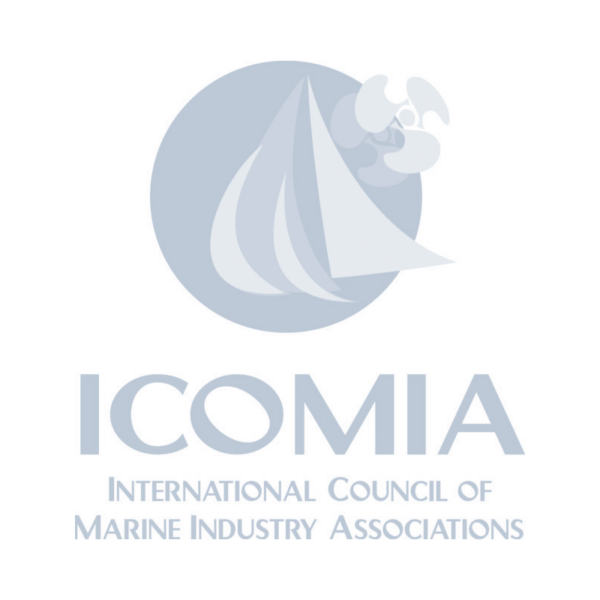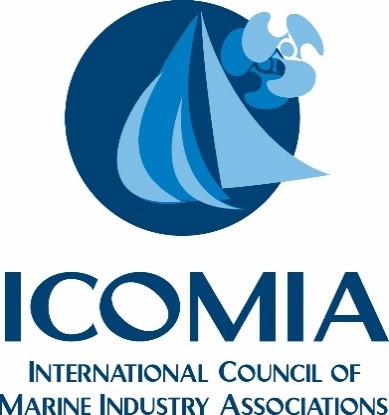Of particular interest to recreational boat builders is Chapter 9 – Composites (p 49) This Best Practice Guide, written for all levels of management and operational staff, provides a structured and practical approach to improving energy efficiency when plastics processing. Developed for companies that want to achieve more strategic control over rising energy costs, we hope that the opportunities outlined in this Guide will encourage processors to make energy efficiency a part of standard operating procedures. The Guide contains useful techniques, tools, tips and partical advice to get you started. There are many reasons for wanting to improve your energy efficiency, however, the most compelling reason for the plastics processing industry is that wasting energy costs money and this is reflected in the bottom line. With rising energy costs, soaring raw material prices and the impacts of climate change, the need to monitor and reduce energy consumption is more important than ever before. As with most industries, controlling costs is critical to sustainability and profitability. However, energy costs can be controlled and often reduced by implementing measures that do not require significant investment. In many cases improvements can be made for low or no cost, by making slight changes to the way a process or equipment is operated to optimise its performance. Energy efficiency offers short- and long-term benefits and by increasing the efficiency of a business the bottom line can be strengthened. It will be the ability of businesses to make rational and informed decisions about the use of energy on site that will play an increasingly important role in helping to manage the new challenges in a changing business climate. This Guide has been written for the purpose of helping organisations plan and implement an energy efficiency programme. It has been designed for use by anyone and recognises that not everyone has time to undertake a full energy management programme. The Guide will help you undertake an energy audit and identify measures where energy and cost savings can be made most easily. Each chapter contains useful tips and actions to take, individual case studies and no-cost, low-cost and capital expenditure solutions to help reduce your energy consumption.
Members only

Low Energy Plastics Processing – Reduced Energy Consumption In Plastics Engineering – RECIPE
€ 0,00
European Best Practice Guide
